Photographing the Dalton Highway – Part 2
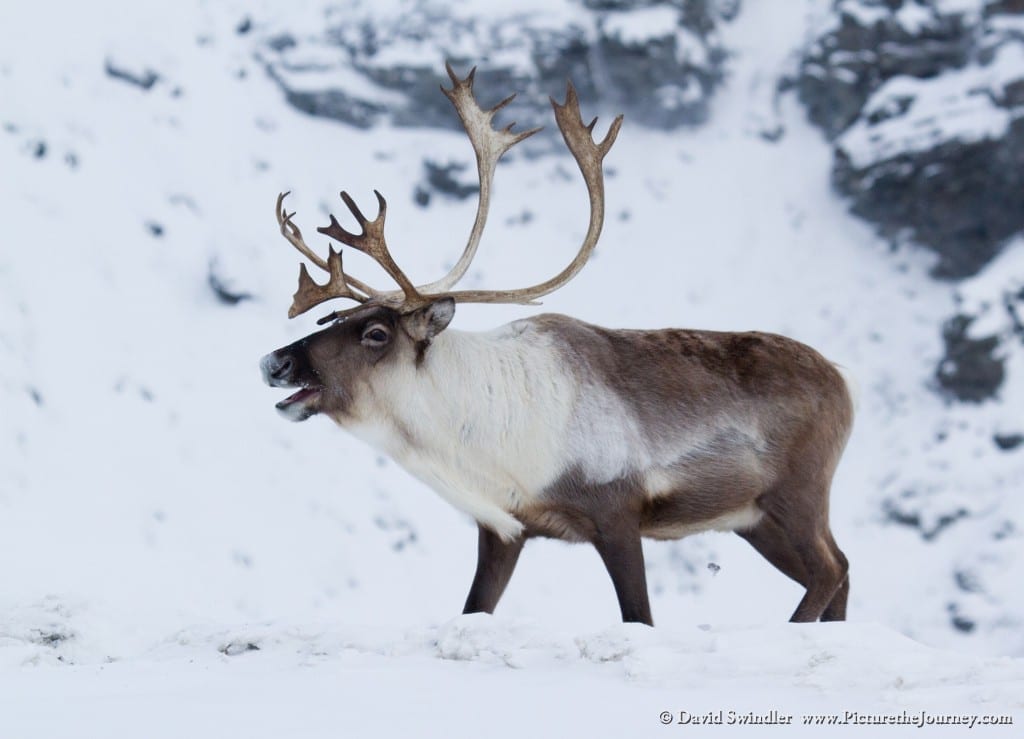

And now for the best part of the Dalton Highway – the Brooks Range and the North Slope! Before the trip, I had high hopes to see some wildlife in this section of the highway. When I was filling up with gas at Coldfoot, I asked some hunters if they had any luck spotting caribou. They looked dejected and said they hadn’t seen a single one – the only animals they spotted were some musk oxen. After hearing their report, I too felt a little dejected. Oh well, I thought – at least I’ll see some musk oxen! As I headed north from Wiseman, Alaska, the boreal forest gradually got thinner and the trees got shorter. Once I got past a certain point, there weren’t any more trees – just tundra and rocky slopes. The Dalton Highway begins to climb steadily until you reach 4,739 ft Atigun Pass. This is the highest pass in Alaska that is maintained year round. Indeed, I was impressed with their active maintenance of the road. They were constantly plowing it to ensure it remained clear for the big rigs. The views going up either side of the pass are impressive!
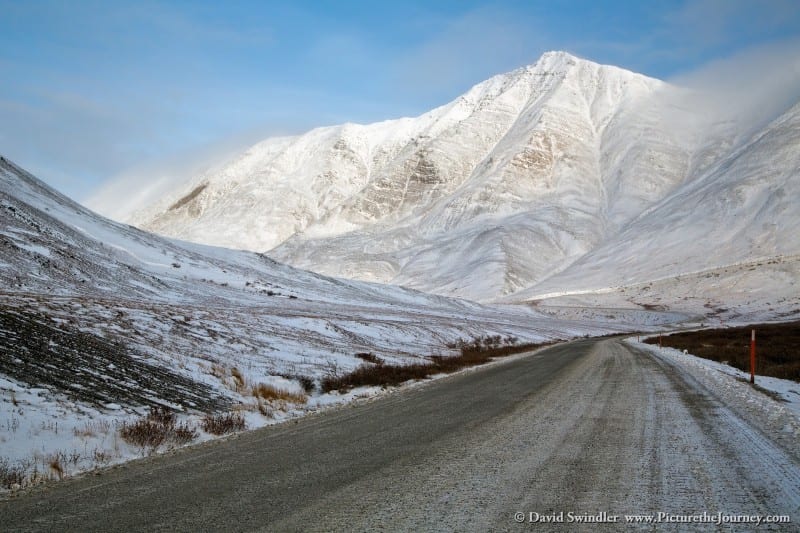
From here on, the road parallels the pipeline most of the way to Prudhoe Bay. I actually thought the pipeline added a nice foreground element for photos and I often stopped to take pictures of it. If it weren’t for the pipeline, there wouldn’t be any reason to have a road this far north.
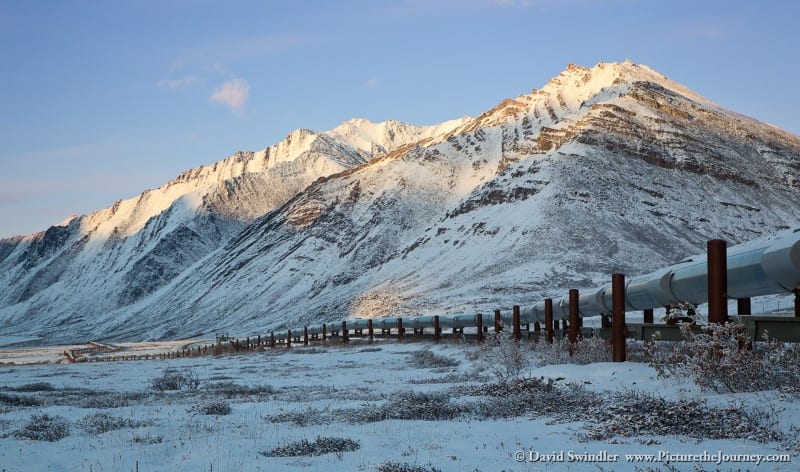
While looking for good landscape shots, I decided to turn around to get a better view of the mountains behind me. While turning, I noticed a red fox sitting right on the side of the road. I parked next to the fox and watched as he jumped and dove for lemmings under the snow. He actually ended up catching one while I was watching! Eventually, he wandered away from the road so I followed him on foot. Off in the distance, I could hear wolves howling. When I returned to my vehicle, I drove up to the Galbraith Lake overlook and saw a large pack of wolves running across the snow. Unfortunately, they were too far away to photograph, but it was really cool to see them nonetheless.

A little while later I saw my first musk oxen. These were really big guys and I was hesitant to get too close to them. Although they are peace-loving creatures, I imagine they could get mean if they wanted to. Walking in the tundra on the North Slope was difficult to say the least. Footing was very uneven and every once it a while you’d step into pools of water. I knew the musk oxen could run a lot faster over this type of terrain than I could!

As I got closer to Prudhoe Bay, I saw another group of musk oxen. This time they had babies with them. I was able to get some neat pictures of the babies peeking out behind branches coated with fresh snow. Once again, I kept my distance since I didn’t want to make the mom nervous.
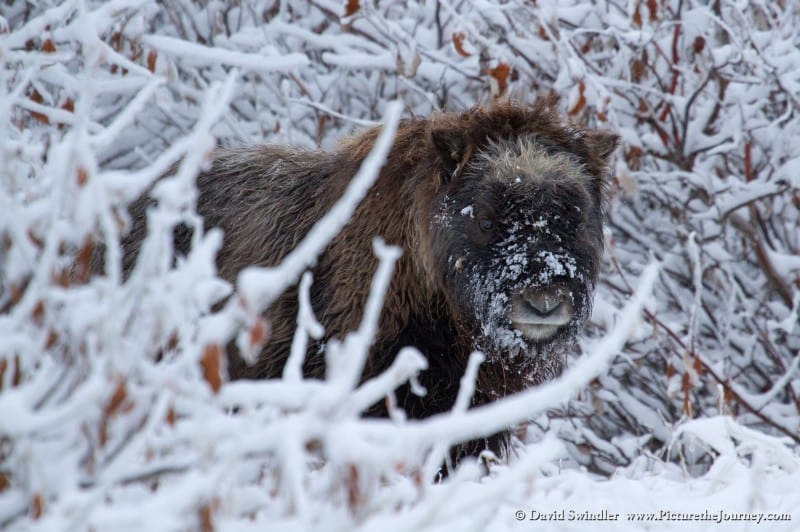

I didn’t spend long in Prudhoe Bay. It’s not a very scenic place – just flat, cold, and windy with lots of heavy industry. I found a gas station and filled up. They don’t even have gas station attendants – you just activate the pump with your credit card. After that, I headed back to the Brooks Range. That night it started snowing hard. I really wanted to see the Northern Lights in the Brooks Range, but it had always been cloudy. I figured this night wouldn’t be any different. Regardless, I set my alarm for 1AM and not surprisingly, it was still snowing. I went back to sleep and woke up again at 3AM. This time, the clouds had cleared just enough that I could see the aurora! I wrote more above the Aurora Borealis in a previous blog post (click here). This shot was one of my favorites as you can see the aurora thinly veiled above the clouds with light from a nearby pumping station illuminating the mountain.

The next day I headed back up Atigun Pass and found a group of Dall Sheep. They were very docile and allowed me to approach quite close on foot. I always kept a respectable distance and kept thinking they would just run off, but they never did! I was able to get several good shots of them. At first, I thought having too much white in the background would be a bad thing, but it actually worked pretty good for these portraits.
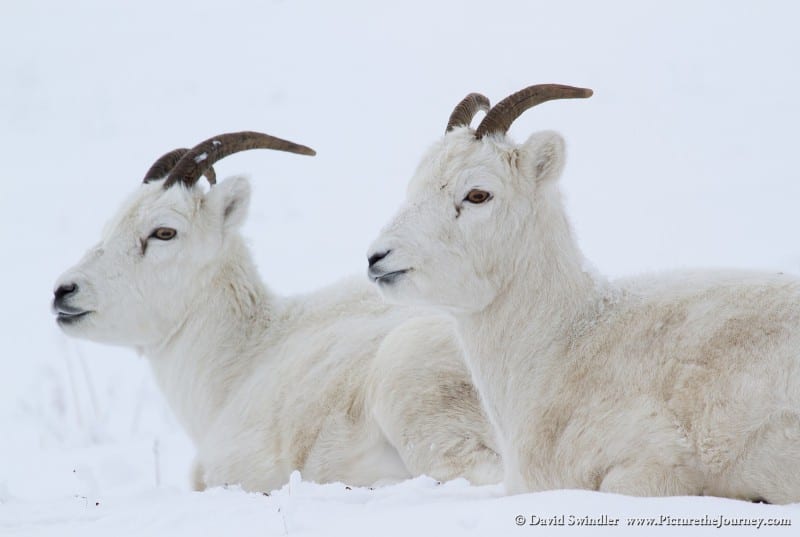
One thing that was neat to see was how the permafrost worked. In one area, the river had eroded away an area and exposed the permafrost. I climbed underneath and saw firsthand how the soil is entrenched in ice. For some weird reason, it smelled really bad. I took the shot below from under the permafrost.
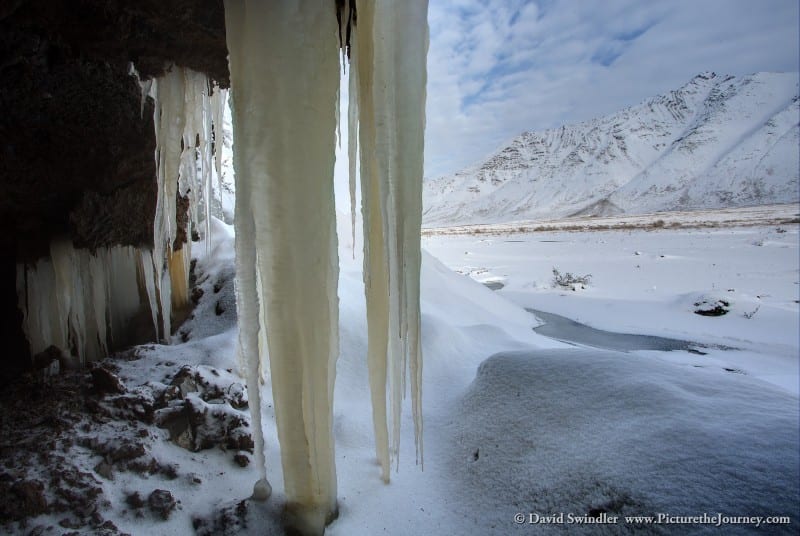
As I was getting ready to leave the Brooks Range the next morning, I had the good favor of running into a large group of migrating caribou! They were on the move and looked to be heading over Atigun Pass. I followed them in my vehicle and made a guess as to where they would cross the road. I hid behind a snowbank and waited. Sure enough, they came running right next to me. It was fun seeing their surprise when they saw me there. There had to have been around 300 in the herd.

I followed them further up the pass and hid behind another snowbank. The mountains of the Brooks Range provided a nice backdrop for this big bull.

Now it was time to head back south. I was able to watch the caribou for quite awhile going down the south side of the pass. I was quite thrilled with the amount of wildlife I saw up here. Based on my previous conversation with the hunters, I realized that seeing the wildlife is just a matter of being in the right place at the right time. Sometimes, you just have to get lucky. I’ll leave you with a couple more images from the Brooks Range. Happy exploring!


Photographing the Dalton Highway
